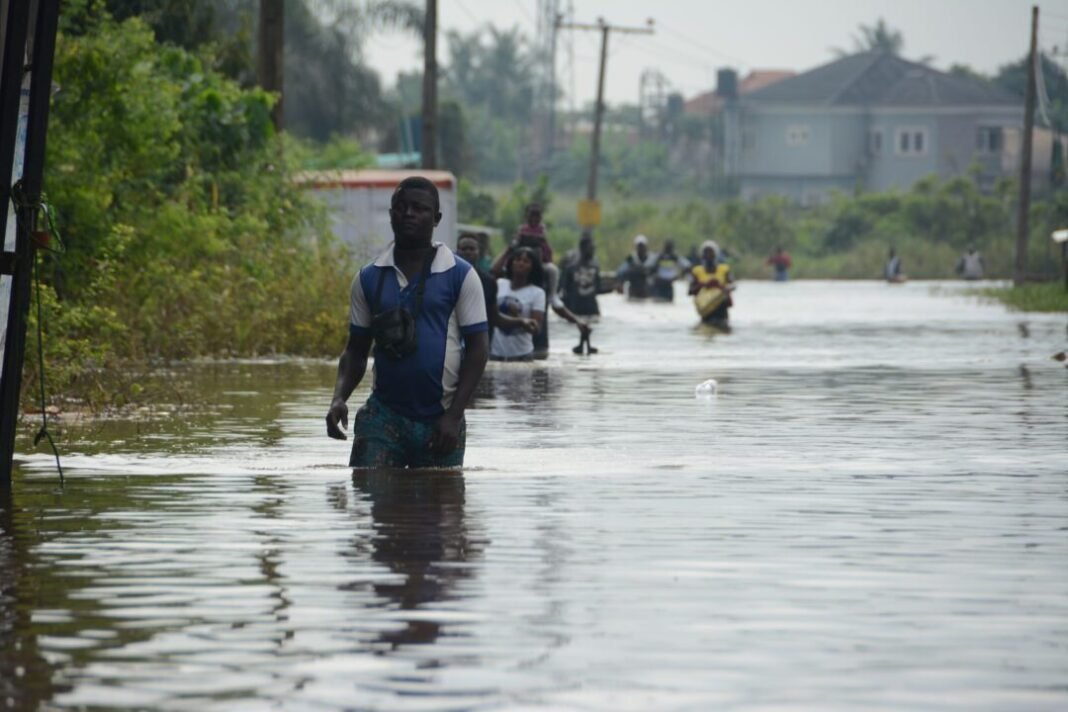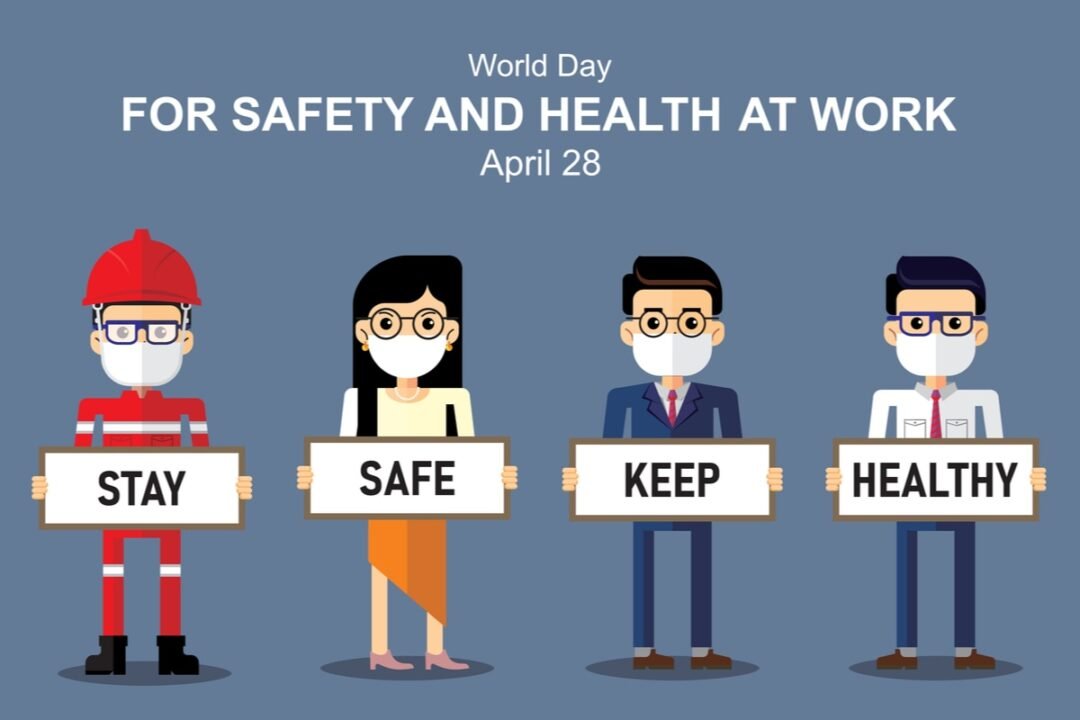By: Priyanka Saurabh
A flood is the overflow of a large amount of water beyond its normal limit, especially on dry land. Recently, more than 5.5 million people in 32 districts of Assam have been affected due to devastating floods. Hazards such as floods often result from extreme weather events, but they translate into disaster risk due to man-made causes. Floods have been a recurring phenomenon in many parts of India causing loss of life and property and causing inconvenience to the people. One hundred and thirty million people living in low-lying coastal areas of India, Pakistan, and Bangladesh are at high risk of being displaced by floods by the end of the century. There is a need to revisit the flood management approach so that an integrated strategy for flood policy and management can be developed.
Floods are caused by cloudbursts and the runoff of heavy rainfall during monsoons. With no clearing operations for years, the accumulation of silt and sand significantly reduces the water carrying capacity of rivers, resulting in floods. Like Jhelum floods, the water level suddenly rises, and floods occur as a result of deforestation of hill slopes. Rivers like the Brahmaputra change their direction frequently and it is almost impossible to stop the river. Lack of proper drainage system in residential areas or uncontrolled civic development and migration has put immense pressure on the land. In hilly areas, uncontrolled construction on hills, failure of embankments to stop the water flow, and excessive rainfall add to the problem of floods. Mining loosens the soil and contributes to the uplift of the river bed.
Due to extremely high population densities and often non-enforced development standards, floods cause a large number of deaths. There is a huge amount of damage to people’s lives, property, and vital infrastructure. According to a recent study, by 2050, Mumbai, Chennai, Surat, and Kolkata will be among 13 of the top 20 cities in the Asia-Pacific region that will suffer heavy losses due to annual floods. Flooding with the effects of climate change will severely affect future development, reverse current development gains and reduce the quality of life. Devastating floods in Kaziranga affect animal lives as flood disrupts their habitat.
Despite the various steps taken in the last 5 decades, the trend of increasing damage and devastation due to floods remains a challenge for the government and the people. In some parts of India, floods are as regular as monsoons. But man-made causes have added to this annual problem. The agencies that should work together to keep the floods under control have worked on different lines. States do not take the problem seriously as the Constitution does not mention flood management under the Union, State, or Concurrent List. Earlier floods were mainly a rural problem. Now floods occur in urban areas and last for months. The coverage of rain-gauge stations in hilly areas is still insufficient. During floods, wild animals move to higher places. Many animals are not killed by nature but are opportunistically killed mainly for their meat.
Issues of flood risk management strategy the delay in completion of projects under flood management programs is mainly due to a lack of central assistance, the flood forecasting network is not sufficient to adequately cover the country. In addition, most of the existing flood forecasting centers are not operational. Lack of coordination and inadequate training at the ground level remain the biggest challenges in flood management. The overall objective of a flood risk management strategy should be from risk prevention to disaster risk reduction.
The causes of annual floods are well known. Now is the time to apply the lessons learned from research on rivers. Given climate change and varying rainfall and river flow patterns, embankments and reservoirs must be designed to accommodate worst-case scenarios.
The Center should play a more active role in flood control. Unlike short-term solutions, long-term planning is the key. Priority should be given to works related to watershed management. Advance town planning and annual preparation should be done to reduce the effects of urban planning.
It is also necessary to discourage the construction of valuable assets/settlement of people in areas prone to frequent floods. The Centre-State mechanism needs to be further strengthened by focusing on greater coordination to facilitate the timely evacuation of people and relocation of their movable property to safer places by giving warning of impending floods. Cleaning of drains and drains near cities should be given top priority. Tree plantation drive at all levels is a step in the right direction. Indigenous people’s understanding of disaster risk is traced back to many generations through traditional wisdom and folk tales. These indigenous practices use traditional knowledge along with modern techniques to help manage disaster risk.
Natural flood management (see centuries-old traditional forecasting and flood prevention methods to limit the risk of seasonal floods in Nepal and the Tibetan Plateau, including planting flood-resistant crops and digging drainage ditches and ditches. Using environmental indicators observation of changes in cloud size, precipitation patterns, animal activity, wind speed, star position, and temperature can help predict floods and begin preparations for mitigating their impacts. Traditional remedies for heart failure – such as using green coconut milk to treat diarrhea, cholera, and dysentery – help the recovery along with any modern medical treatments that are available. (The author is a Research Scholar in political science, poet, freelance journalist, and columnist)







